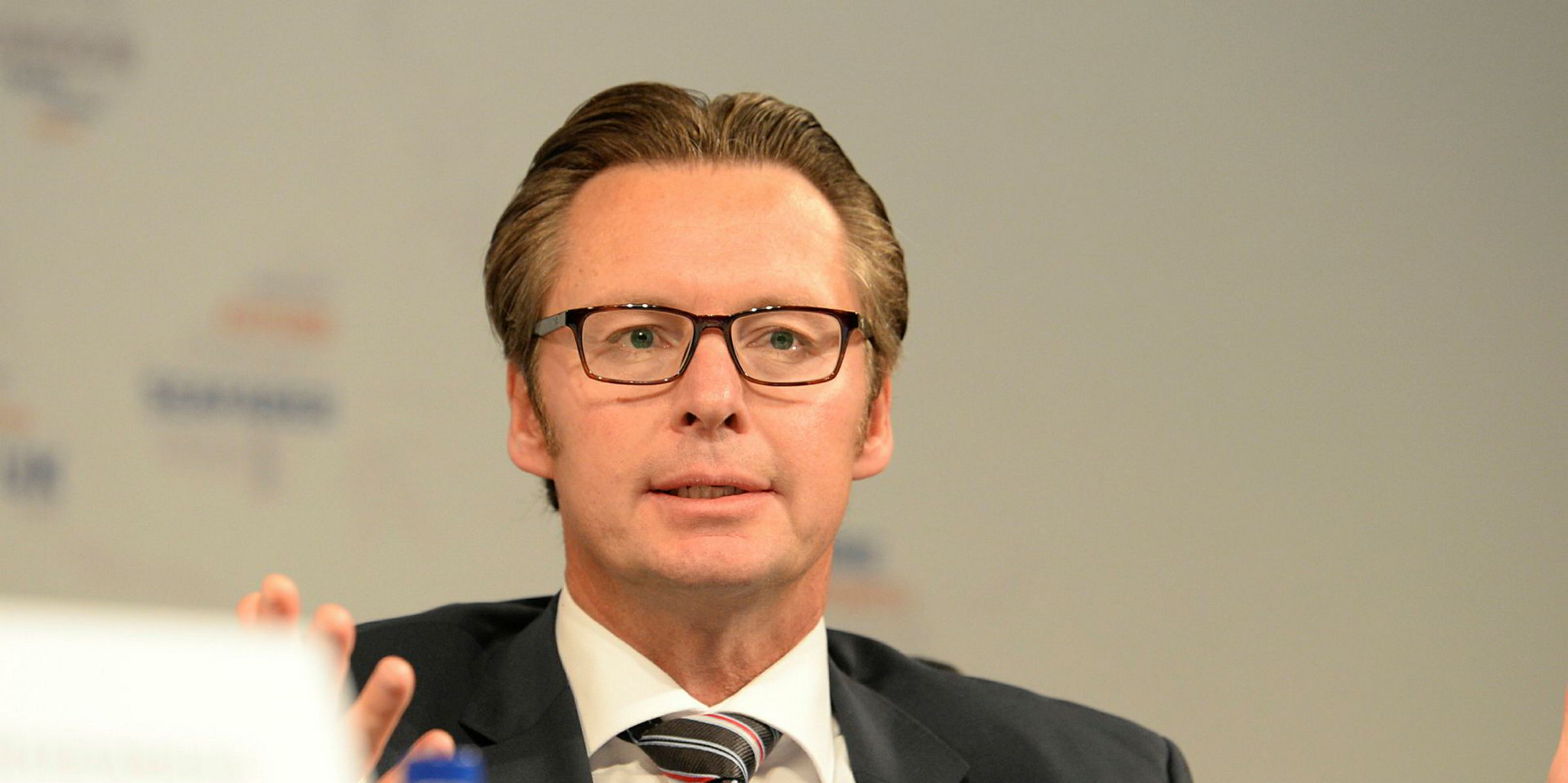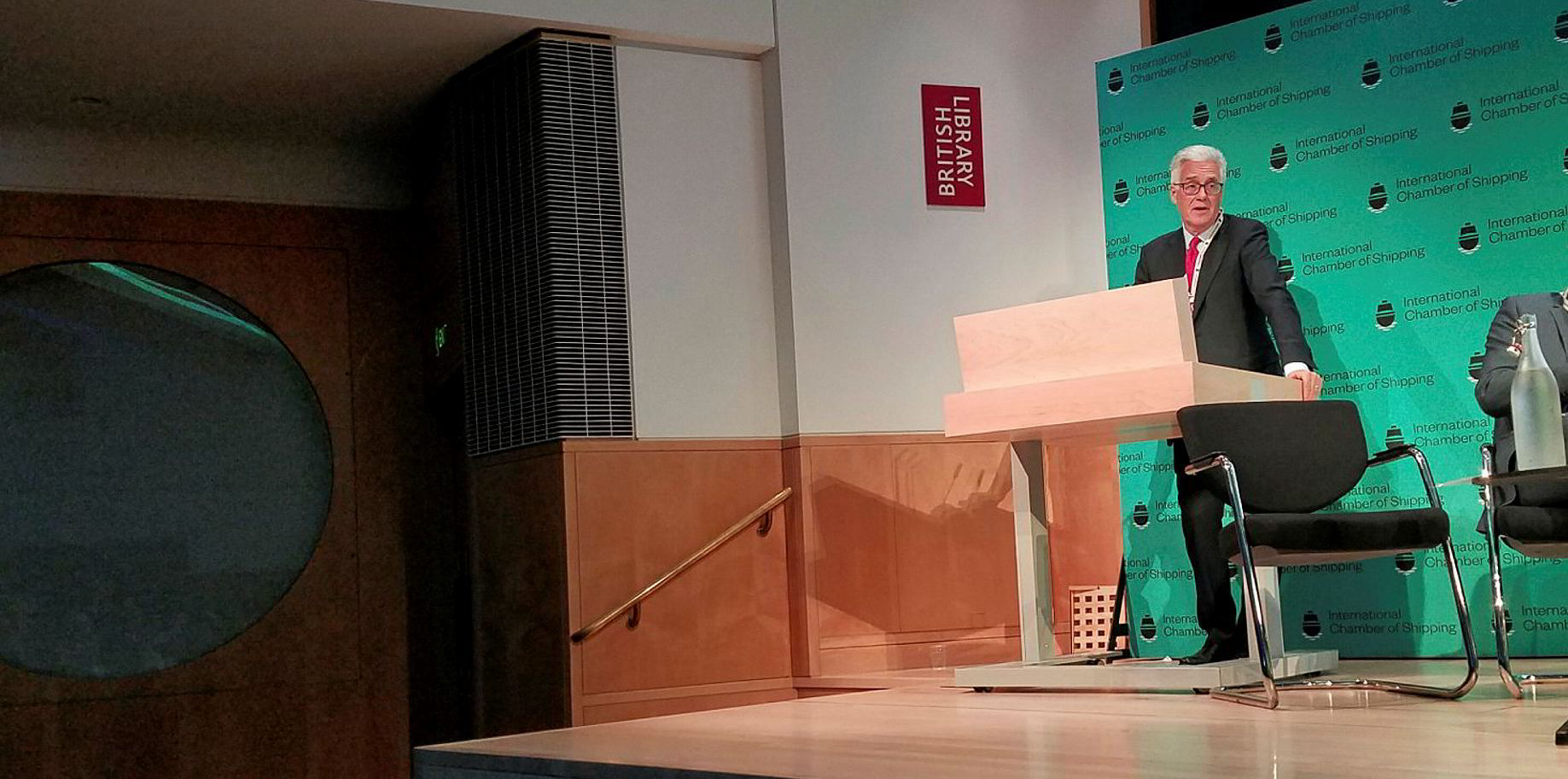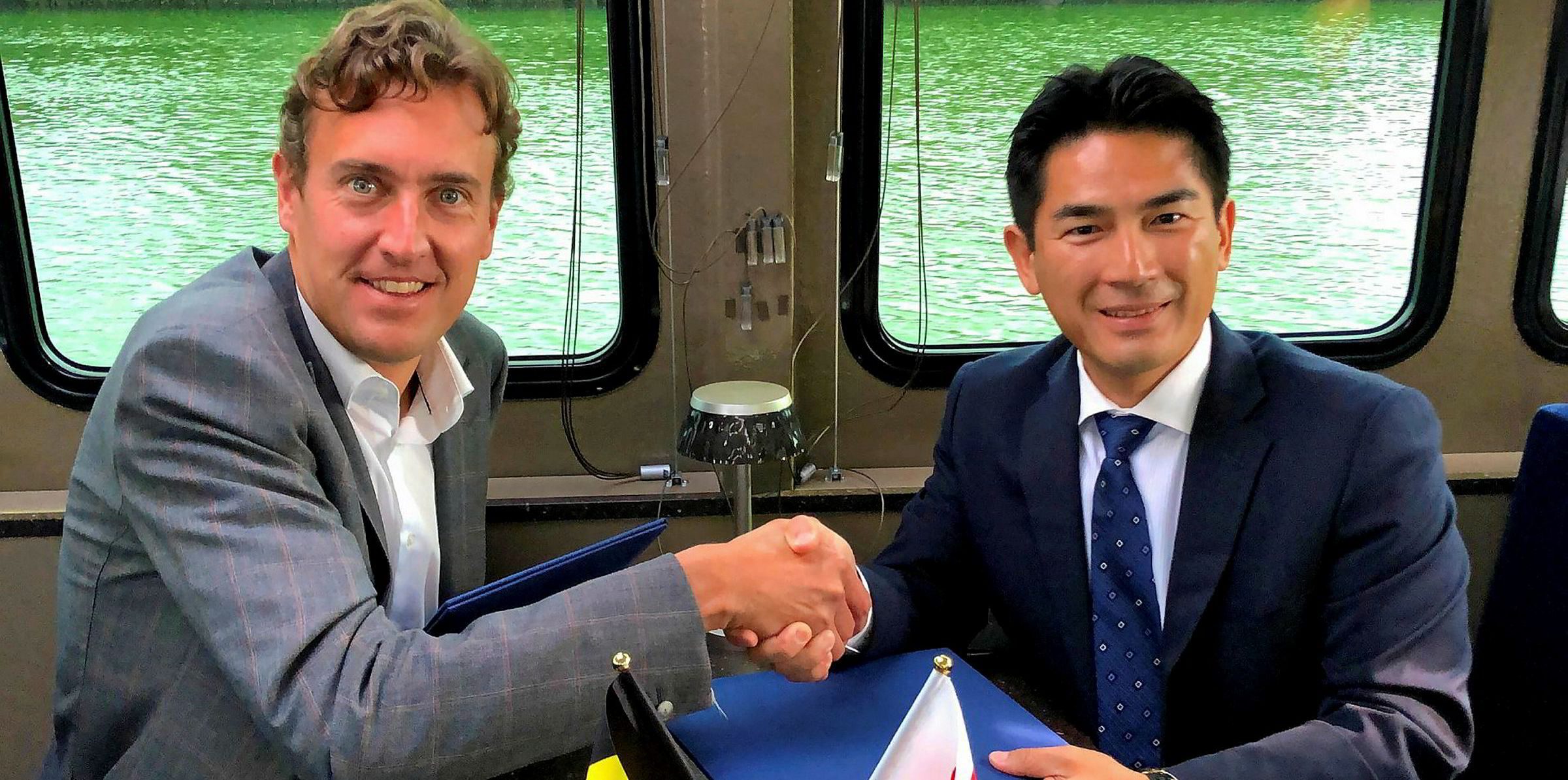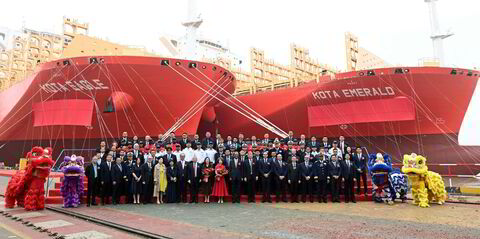LNG can become the most used marine fuel by 2050, while hydrogen would not be able to compete with ammonia as a low-carbon alternative, an industry forum was told.
When asked whether it would be “crazy” to predict many vessels would be powered by hydrogen in the near future, DNV GL’s maritime chief executive Knut Orbeck-Nilssen said: “Nearly crazy.”
“This is like jumping way too far into the future. We still need to research.”
His remarks during the London International Shipping Week have come as hydrogen production is expected to increase in the coming years with more hydrogen vehicles hitting the road.
But Hoegh LNG chairman Morten Hoegh pointed out the maritime application of hydrogen had faced unsolved safety issues, mainly related to fuel storage and handling.
“It will be on the horizon as solutions are developed. [But] it won’t come from the shipping industry. It will not arrive at the shipping industry first,” Hoegh said.
For sea-going vessels, Belgian owner CMB has been the lone pioneer in hydrogen newbuildings, having planned to build an 80-passenger ferry and a crew transfer vessel running on the low-carbon duel for delivery from 2020.
“Hydrogen shouldn’t be ruled out, but it’s important to target the right segment. Naturally, for the short sea, there should be certain piloting. It’s an interesting option and we should test and pilot it,” Orbeck-Nilssen said.
“For deepsea shipping, I don’t really see this as a viable alternative.”
Bright future for LNG
According to DNV GL’s Energy Transition Outlook (ETO) 2019, total energy use will rise from 10.6 exajoules in 2018 to 11.6 exajoules in 2025 — its all-time peak — before falling between 9 exajoules and 9.5 exajoules in 2050.
Regardless of IMO’s efforts to halve 2008 greenhouse gas emissions by 2050, the Norwegian-German classification society predicts LNG will be the most popular bunker fuel by mid-century.
DNV GL expects LNG will make up half of all marine fuels in 2050 while others will account for 43% if IMO member states do not agree on legally binding reduction measures.
Assuming IMO backs measures focused on operational efficiency, DNV GL expects 70% of the mix to be LNG, 13% to be carbon-neutral methane and 17% other carbon-neutral fuels.
If it instead focuses on vessel design requirements, LNG will account for more than 40% of marine energy.
According to DNV GL, the forecasts are based on low LNG price and continued development of LNG bunkering facilities.
“The technology to use gas as fuel is mature [and] we are building infrastructure. So I am quite optimistic,” Orbeck-Nilssen said.
In 2017 and 2018, several LNG bunker ships were delivered for operation in the Amsterdam-Rotterdam-Antwerp region, the North Sea, the Baltic Sea and Florida.
Similar projects are underway in the Western Mediterranean, Gulf of Mexico, Middle East, Singapore, China, South Korea and Japan.
“The logistics has been developed…Investors are getting involved. We will see rapid acceleration of new orders for LNG ships,” Hoegh said, warning high costs of LNG propulsion pose significant challenges to shipowners.
Newbuild costs for LNG-fuelled ships are 10% to 30% higher than conventional vessels, while retrofitting projects are even more costly, according to industry estimates.
Ammonia has potential
In the scenario where IMO focuses on ship design, DNV GL expects ammonia-powered ships to dominate the newbuilding market after 2040. The fuel is forecast to account for 25% of the shipping energy mix in 2050.
In contrast, the use of hydrogen is expected to be limited to “a small number of smaller ships” due to high investment costs and technical constraints, according to the DNV GL’s ETO.
DNV GL’s environmental consultant for shipping Oyvind Endresen said ammonia would be competitive due to its price as fuel and cost of storage.
“You don’t need to have large tanks [for ammonia], compared with hydrogen,” Endresen said.
Read all our London International Shipping Week coverage at tinyurl.com/twlisw2019.






